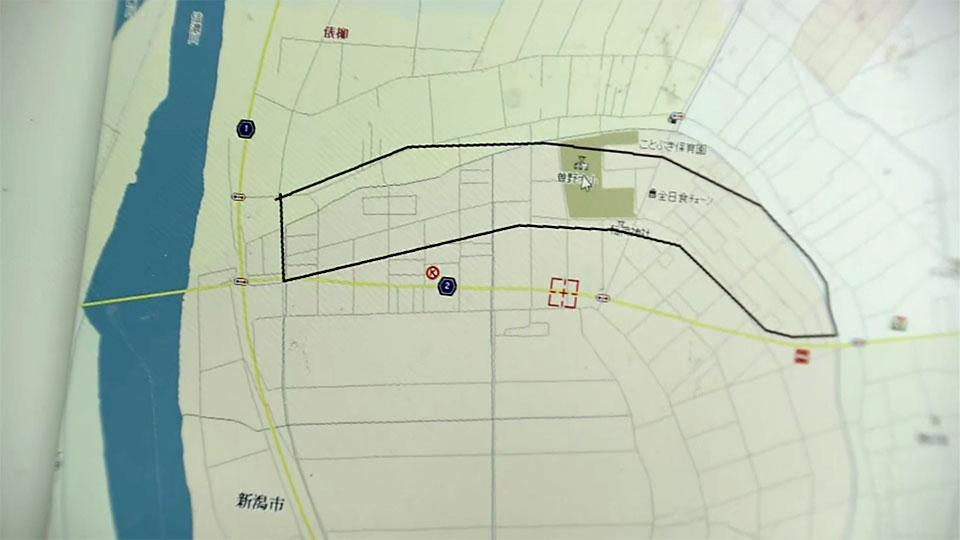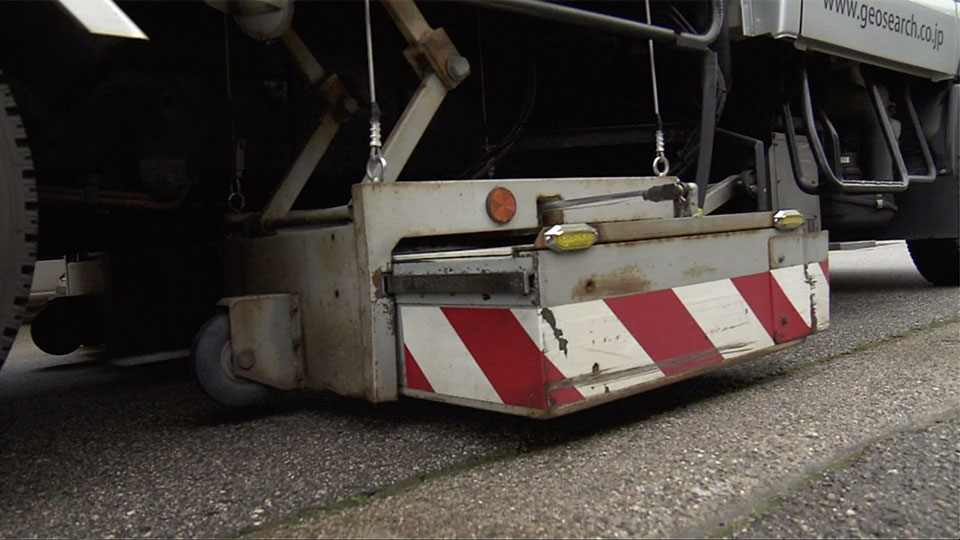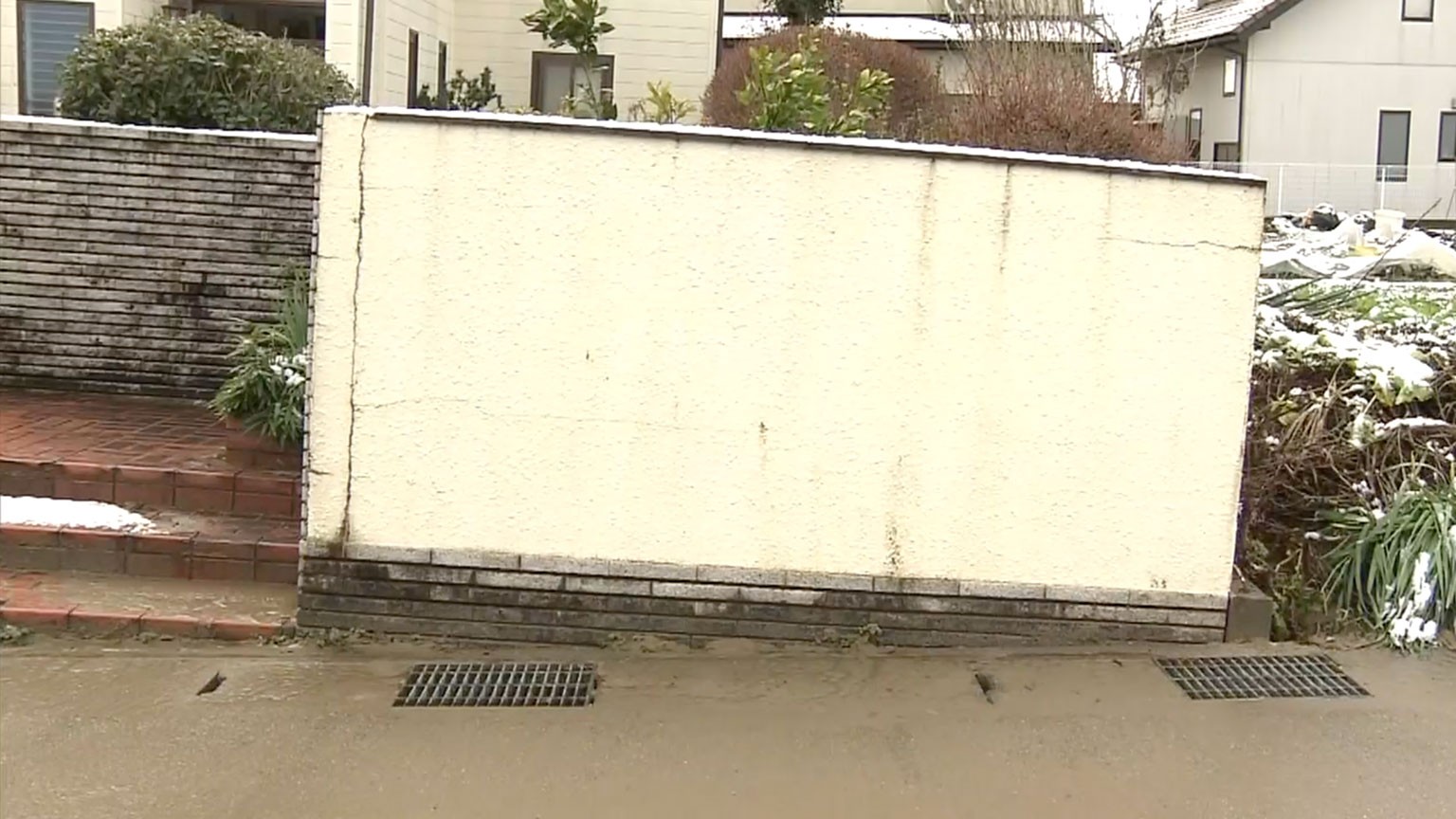Substantial damage in Niigata Prefecture
In Niigata Prefecture, as of Sunday, more than 6,700 houses were confirmed to have sustained liquefaction and other quake-related damage.

Niigata City says that it wants to finish a damage survey it's currently conducting by the end of this month so it can issue certificates necessary for receiving public support.
A local government official in charge of the survey said he was very surprised by the extent of the liquefaction damage, noting that the ground subsidence and uplift were greater than he expected.
Where does liquefaction occur and why?
Liquefaction takes place when tremors cause sand particles to break apart and groundwater to rise.
The groundwater mixes with mud and sand as it pushes to the surface, destabilizing the ground and causing structures to sink and tilt.
Liquefaction usually occurs in land reclaimed from the sea, rivers and wetlands.
Senna Shigeki, a researcher at the National Research Institute for Earth Science and Disaster Resilience, says liquefaction occurred after the Noto quake in areas where rivers once flowed.

He hopes Niigata Prefecture will use the data from a survey he conducted to improve the liquefaction hazard map.
Toyama Prefecture's Toyama City suffered damage believed to have been caused by liquefaction.
A city official says liquefaction can create underground hollows that cause roads to collapse. The city conducted a survey for hollows on Monday using electromagnetic waves.

Residents facing difficulties
The earthquake caused muddy water to gush out of the ground around Takahashi Chikara's house in Awara City, Fukui Prefecture. The liquefaction made the 50-year-old house tilt and its windows will no longer close.
Takahashi plans to repair a nearby building that suffered relatively little damage and live there.
"But if that building tilts more, I won't be able to live there either," Takahashi says.
Home owners face monumental costs in rebuilding their houses and making them quake-resistant.
Higashi Takaaki's parents' home in central Wajima City suffered severe quake damage.
Higashi wants to improve the house's earthquake resistance and says monetary support from the government will be indispensable.

Expert: Government must review support system

A volunteer group of architects based in Niigata City and headed by architect Hasegawa Junichi has been providing support in the Noto region since an earthquake rocked the peninsula in 2007.
Hasegawa has surveyed the damage from the January 1 quake. He says repeated earthquakes have weakened many buildings in the Noto region, and it's essential to bolster their quake resistance by adding new walls and pillars.
In principle, the government covers up to around 700,000 yen, or 4,700 dollars, of house repair costs in disaster areas. The funds can be used to fix the roofs and walls of primary residences.
Hasegawa says the government's support system needs to be reviewed. He believes the subsidy should be increased and it should also cover quake-resistance construction.
He says that special support measures not bound by existing frameworks are necessary so people can return to their homes with peace of mind.
